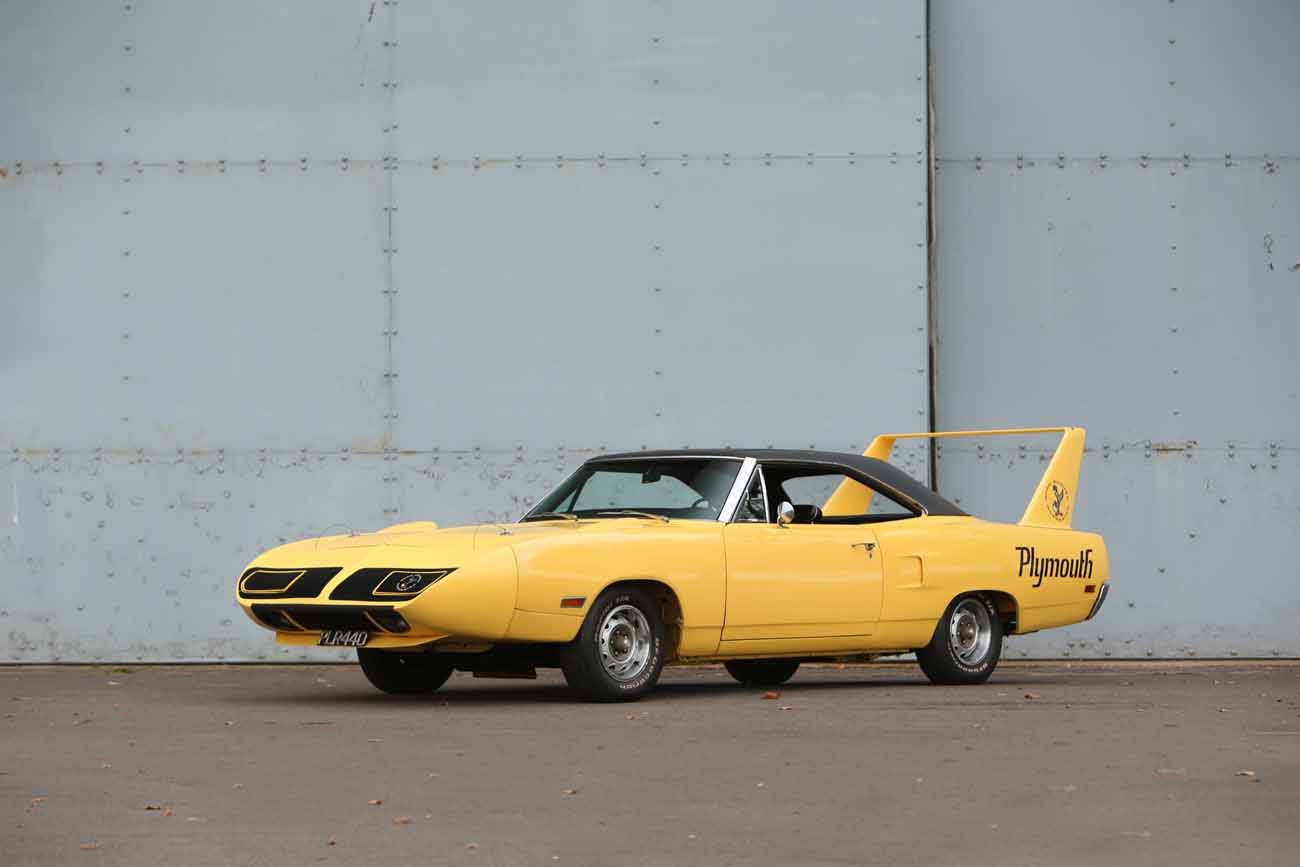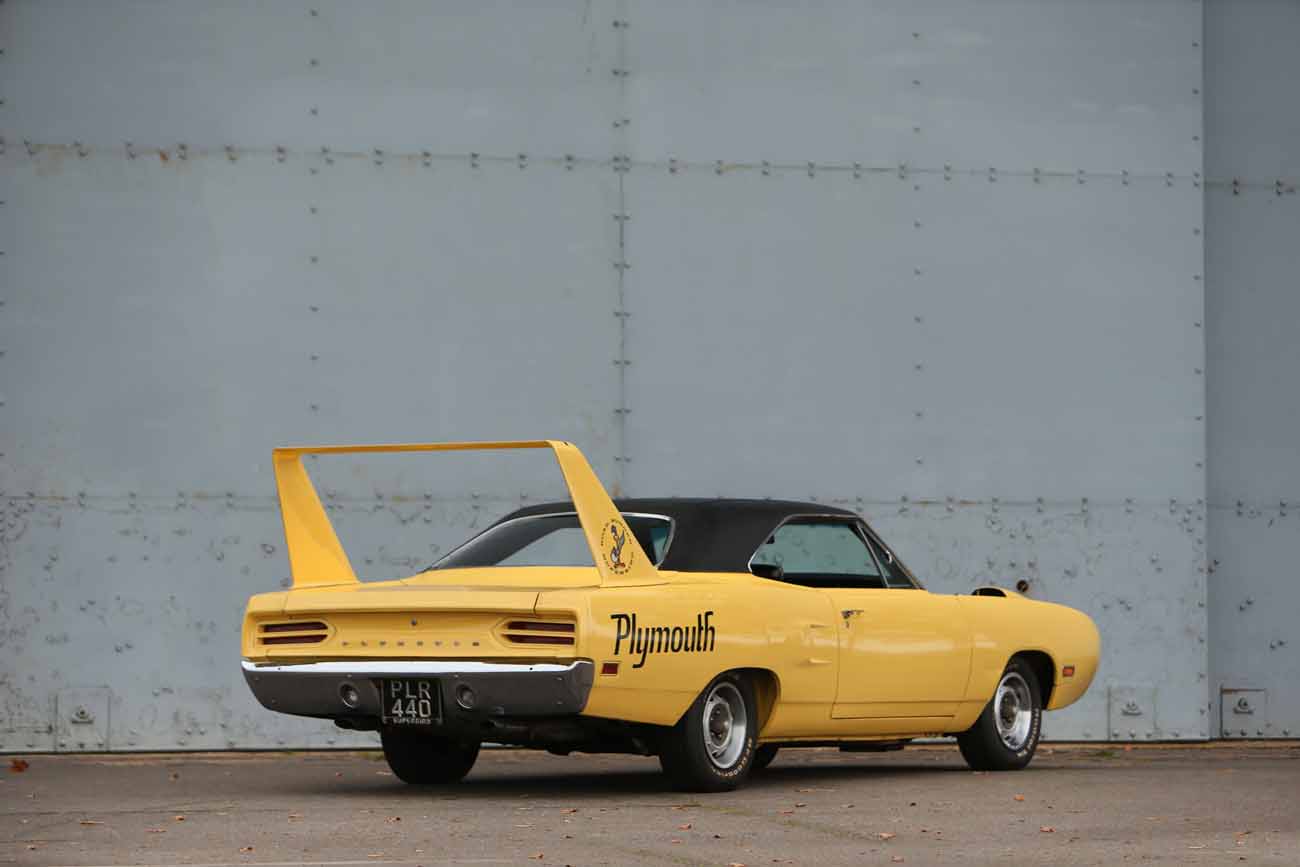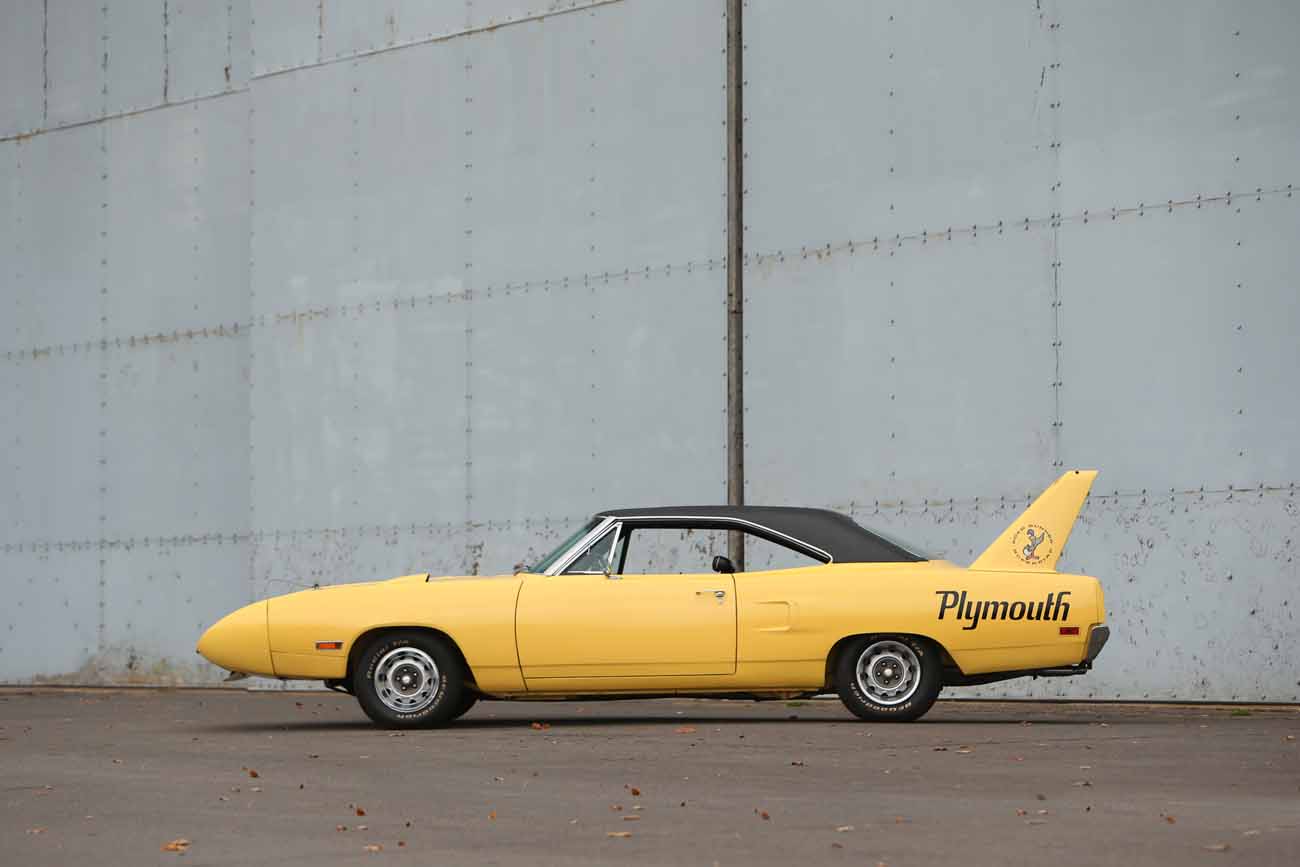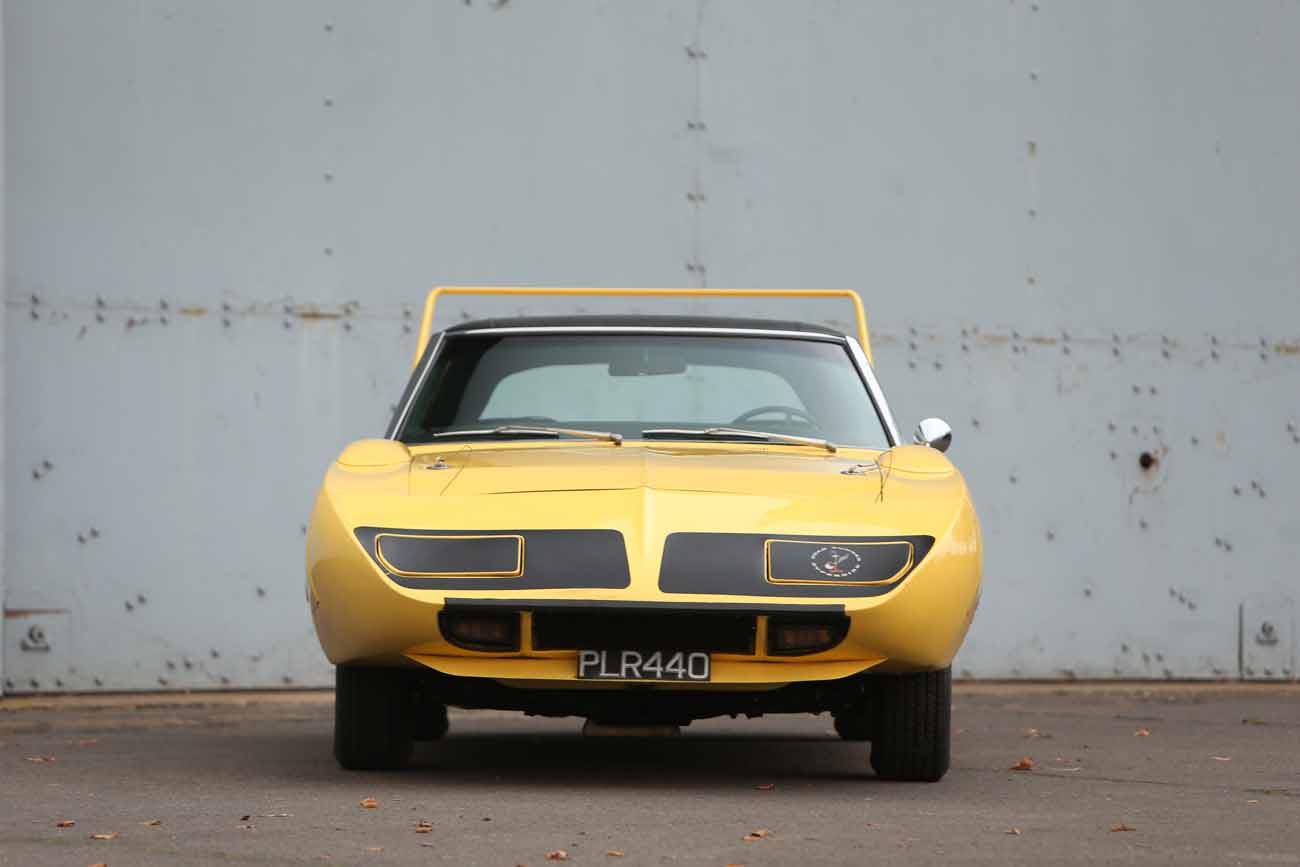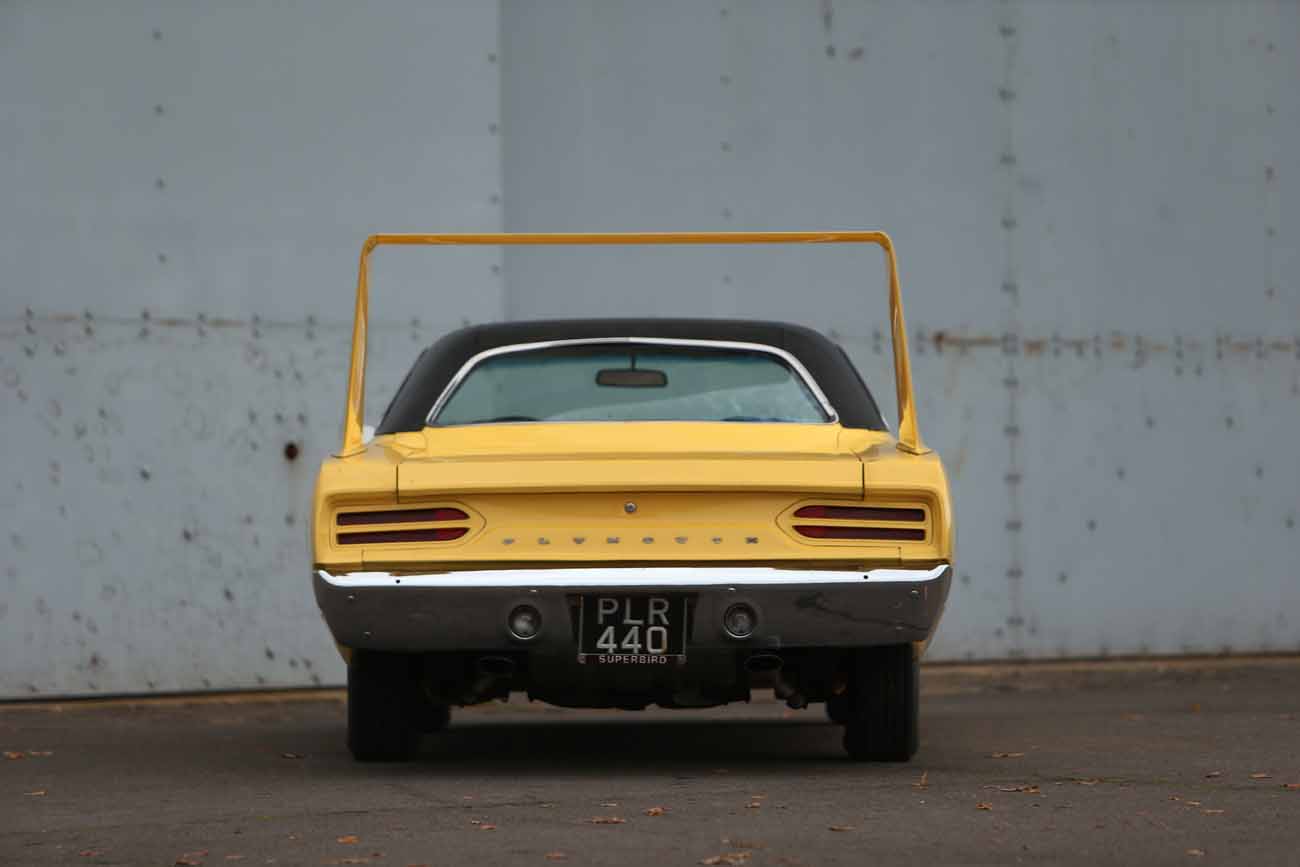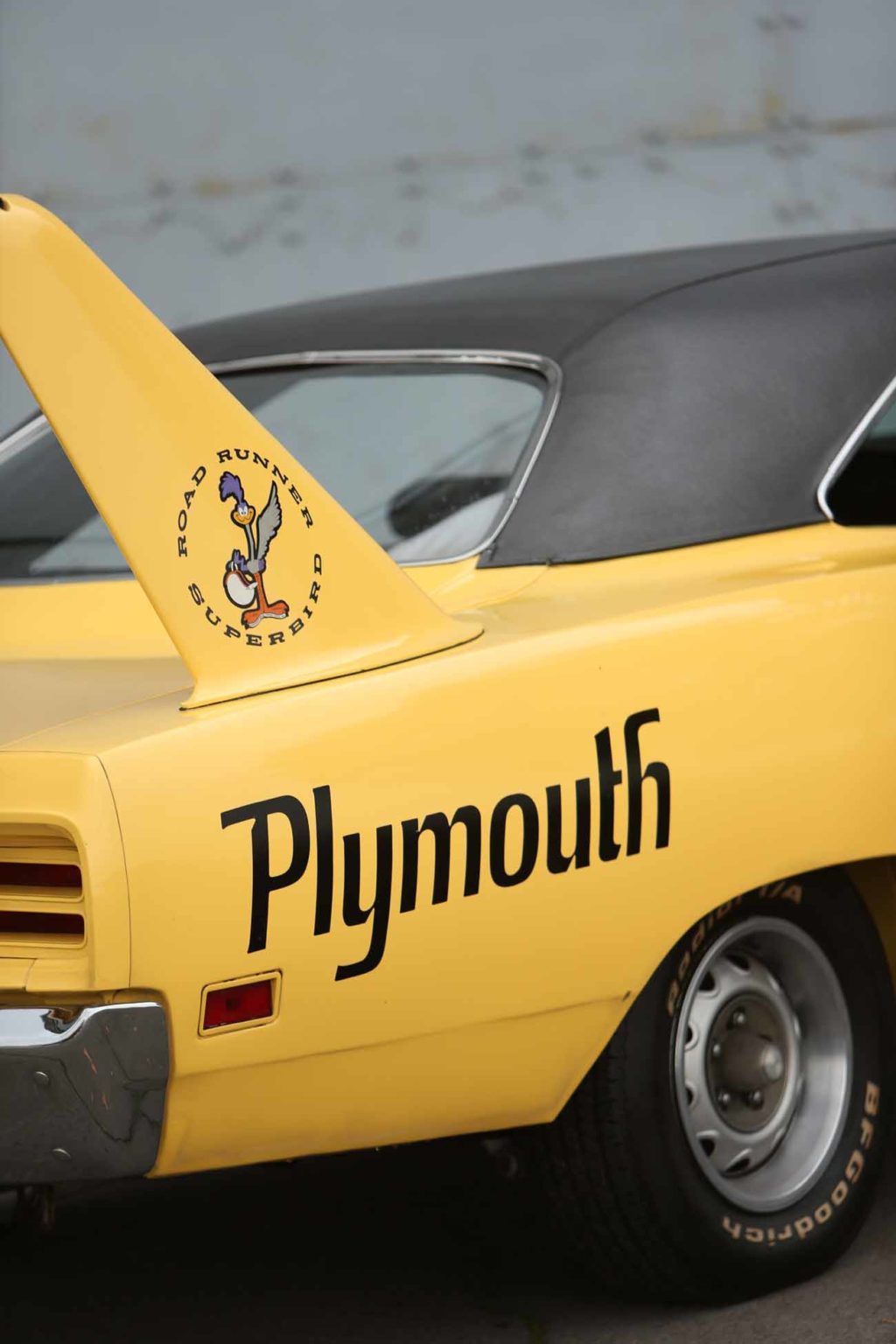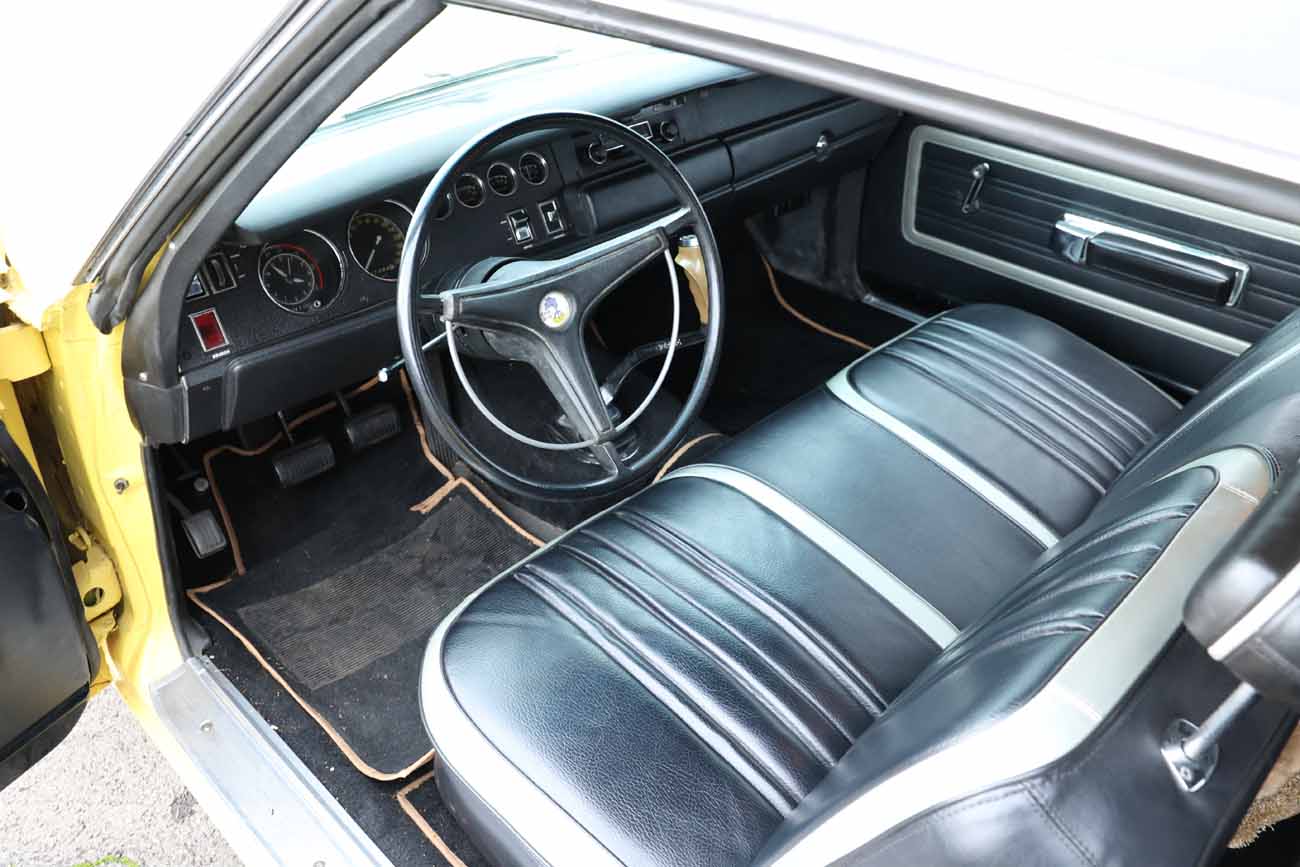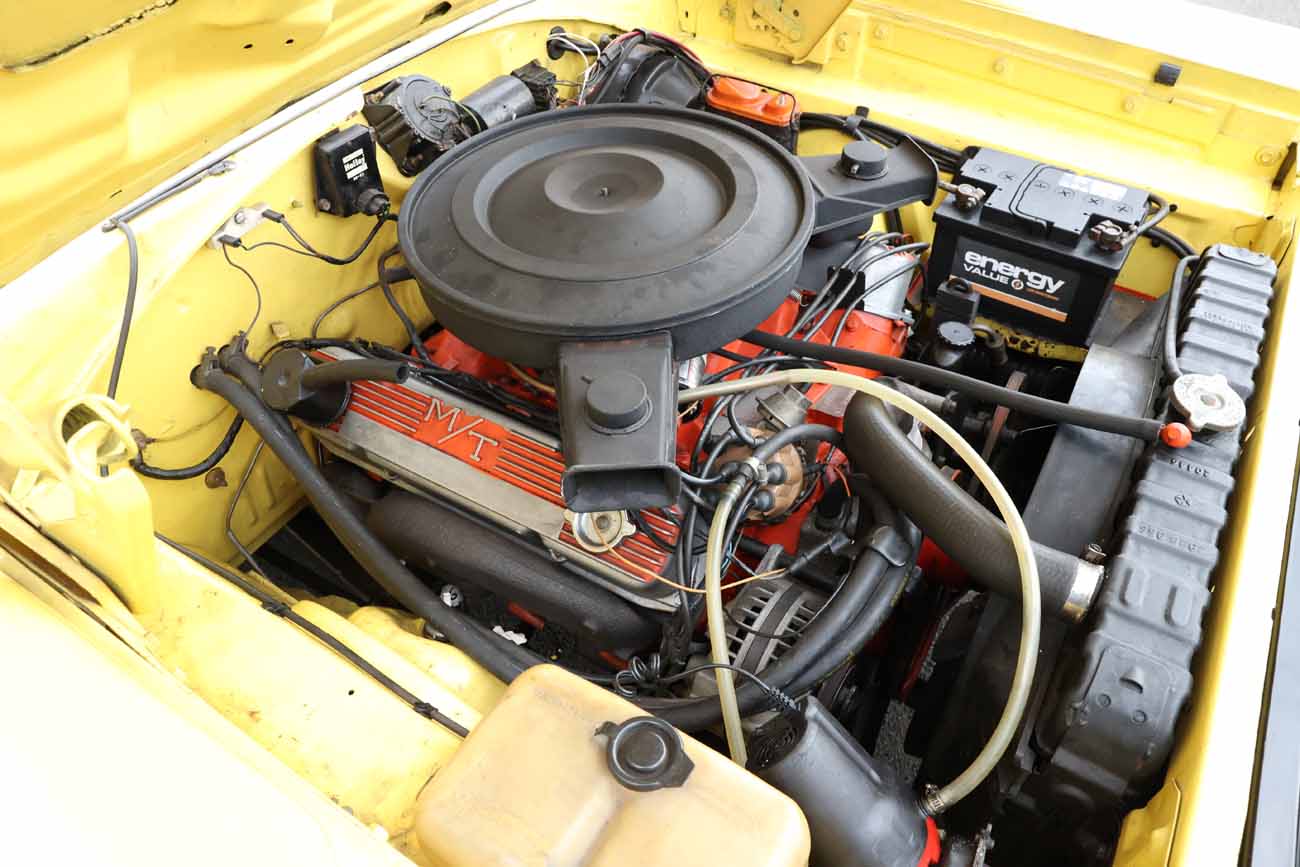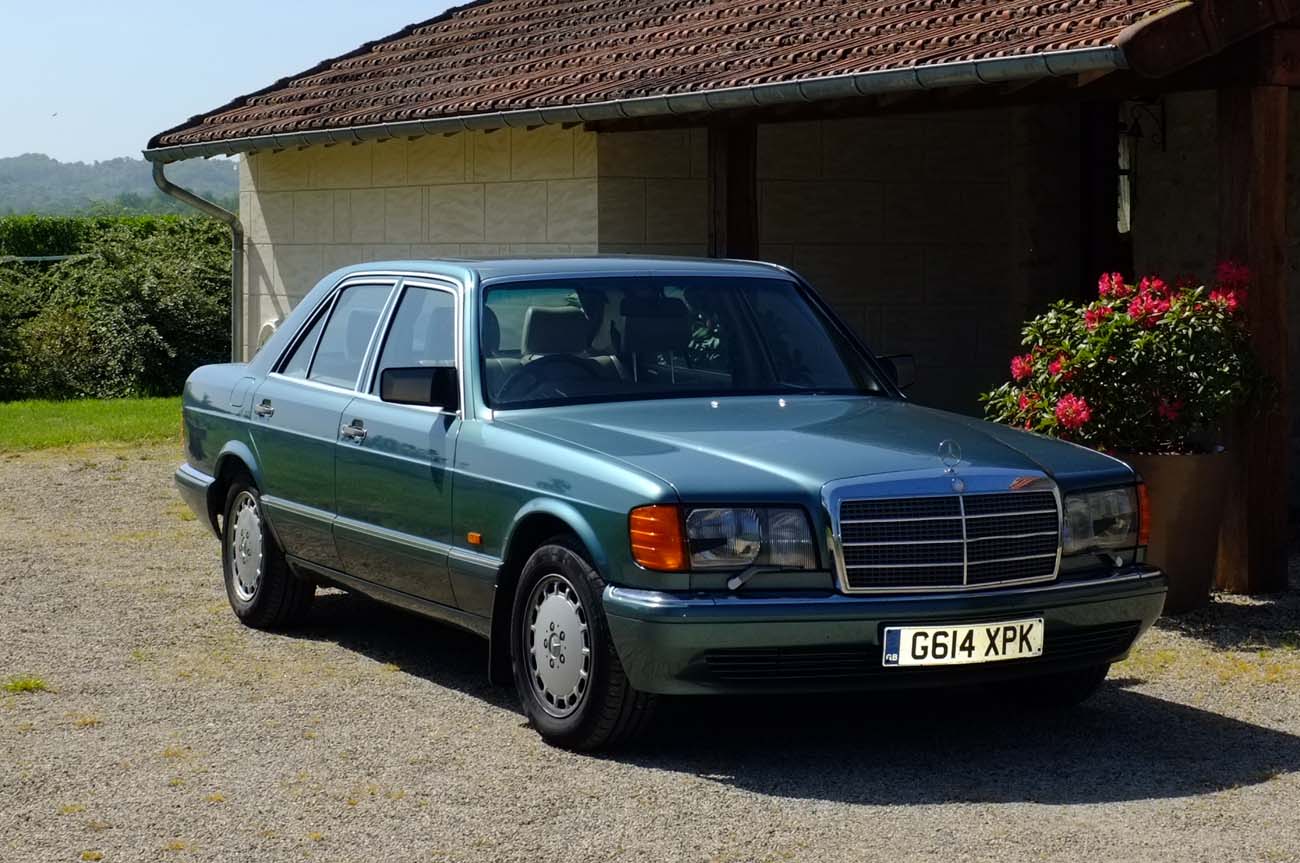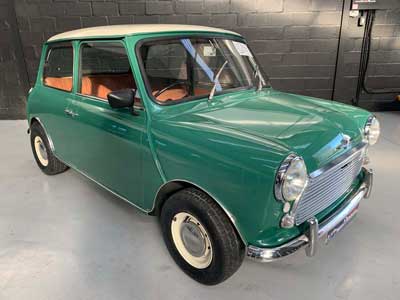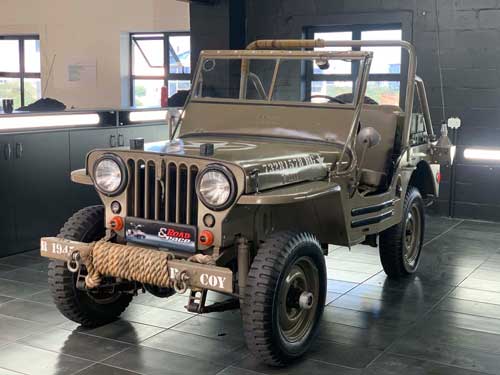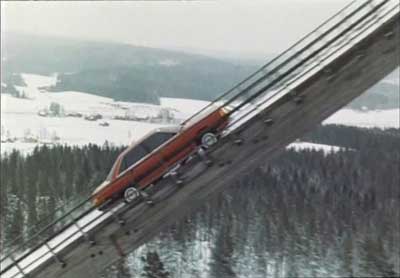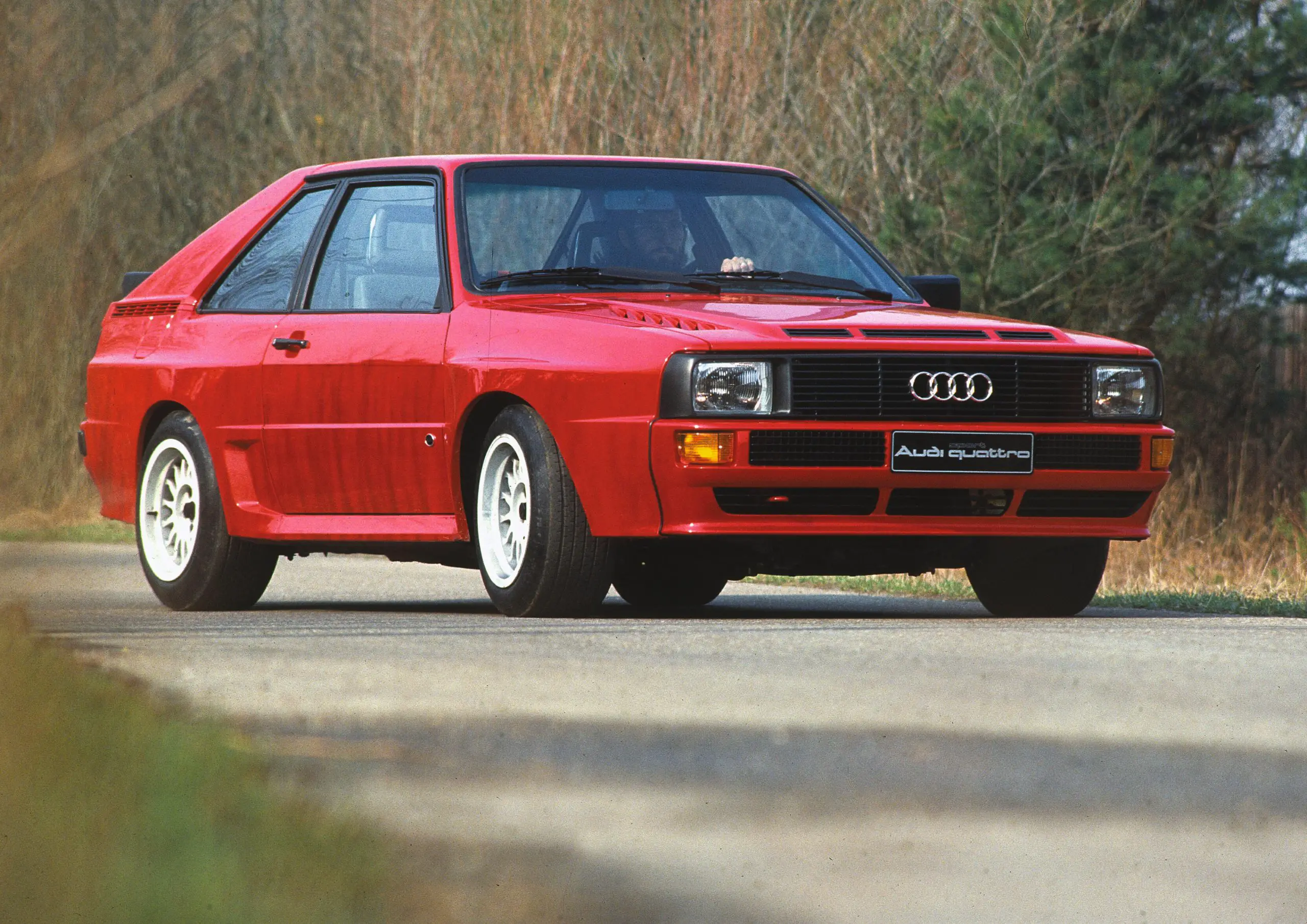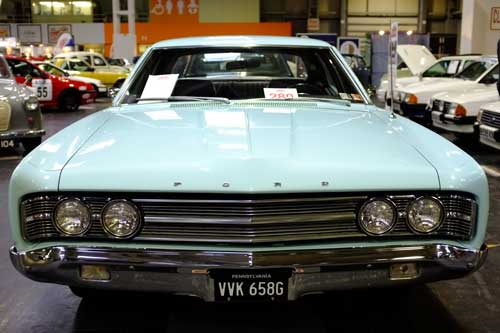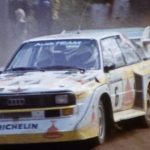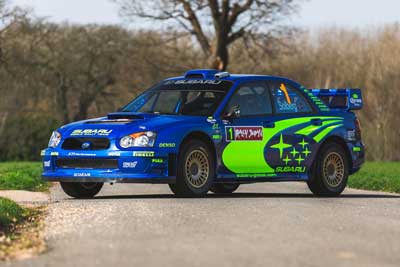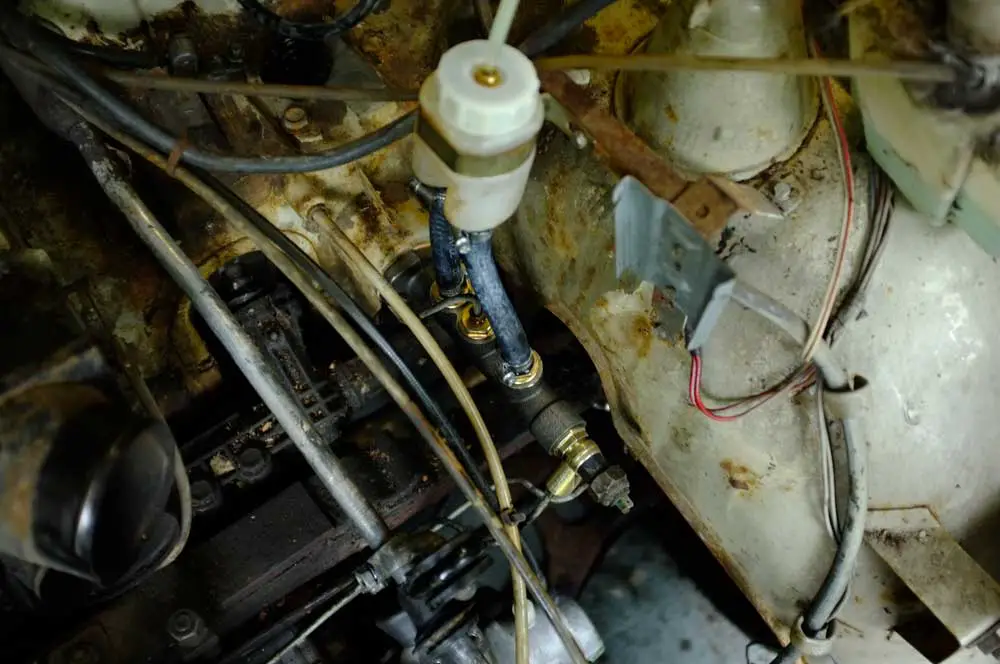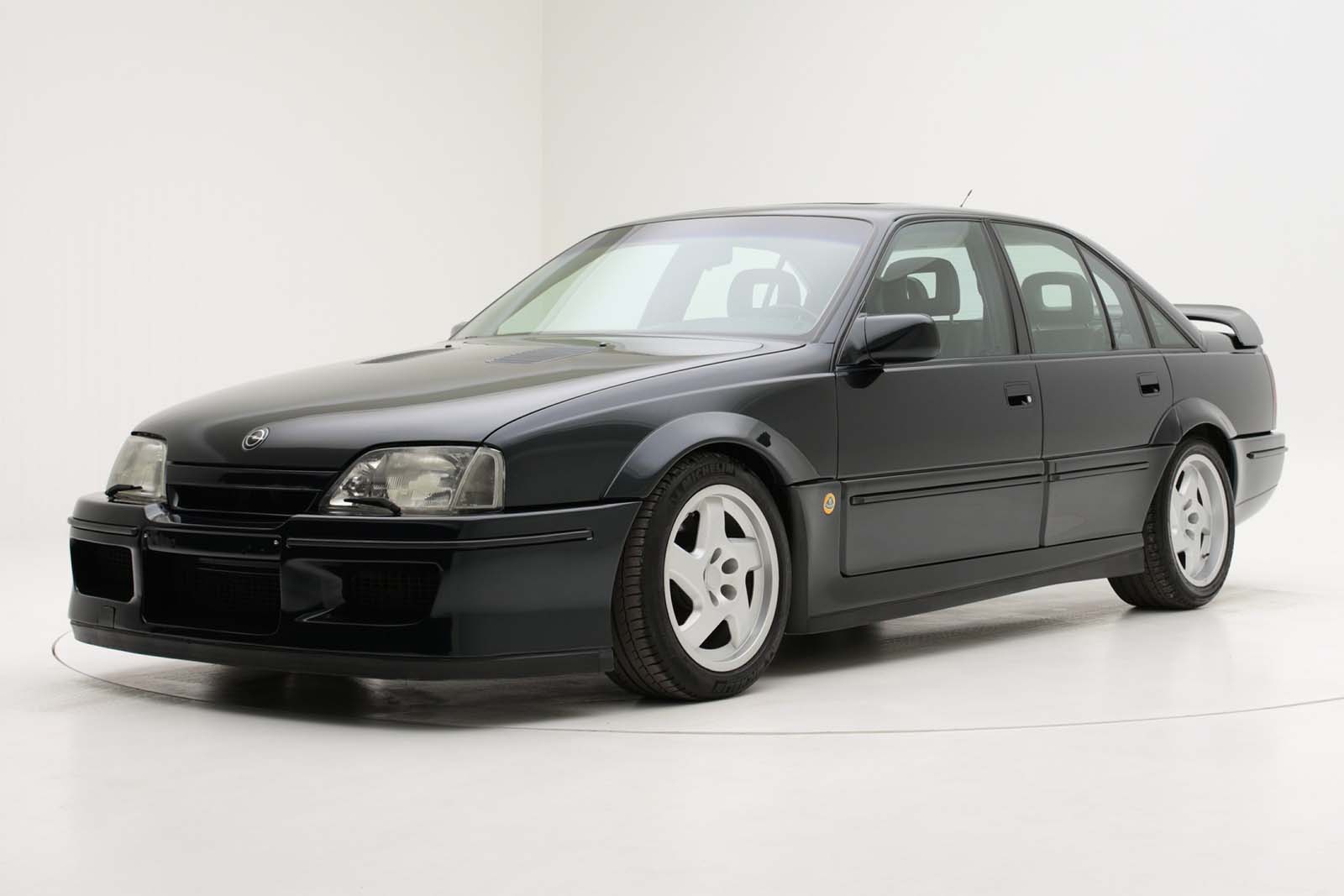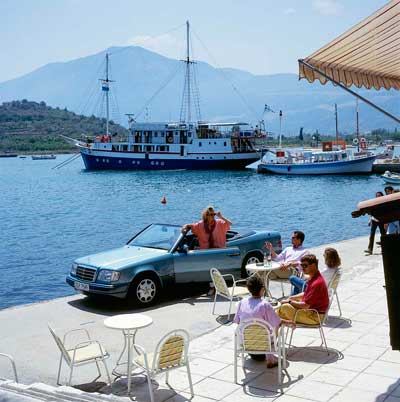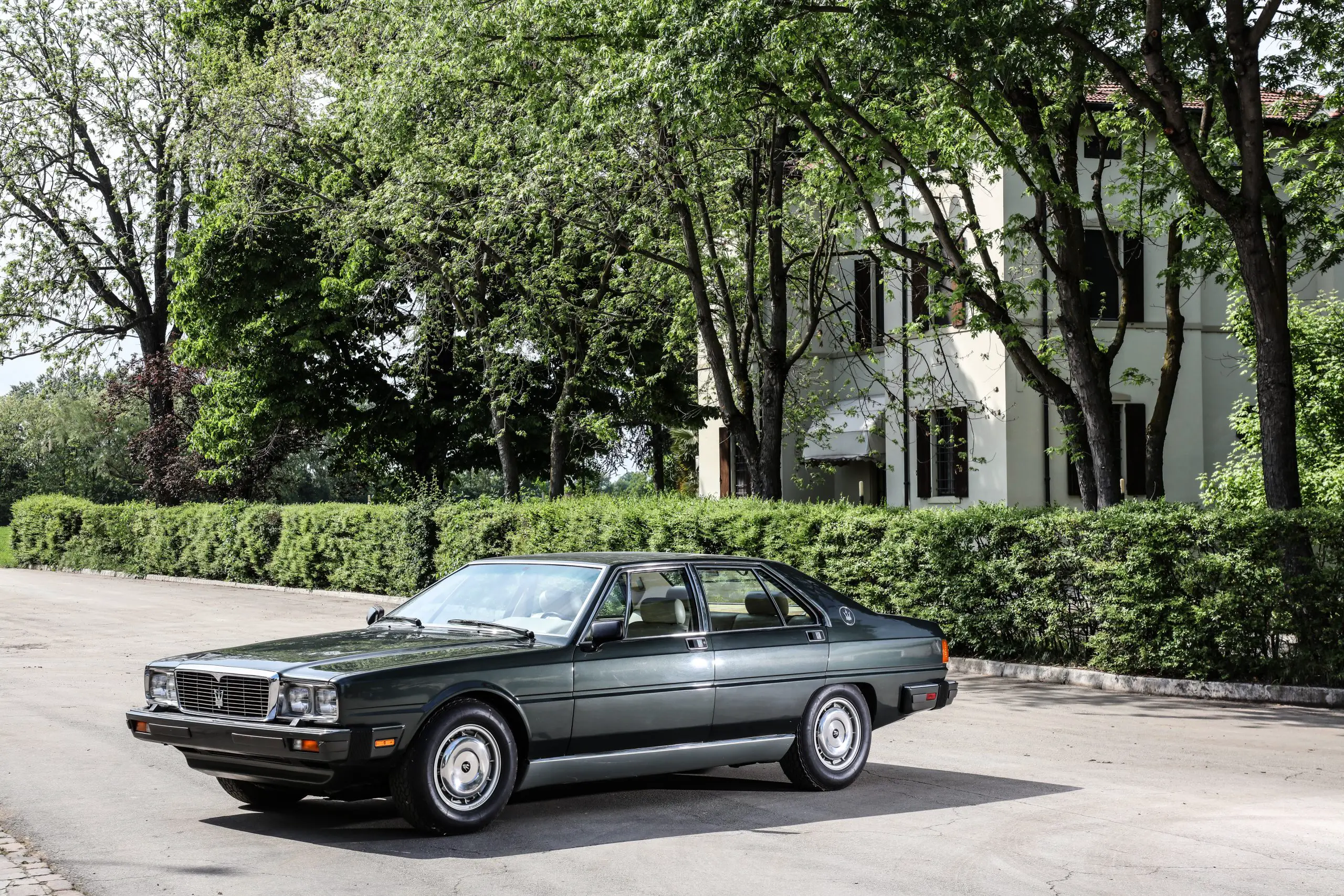
This Plymouth Road Runner Superbird Is A Wild Homologation Special Inspired By A Cartoon Bird
Ok, the Plymouth Road Runner Superbird has to be the product of someone who watched the Wiley E Coyote Cartoon and thought I know, I’ll use it as the basis for a homologation special.
The truth is that the Superbird was the 1970 follow up to the Dodge Charger Daytona of 1969. But it did feature the Road Runner Bird on each side of the rear wing, more about that later, and a horn than mimicked the cartoon, Beep Beep!
It seems strange for Chrysler to bring back Plymouth to racing instead of continuing with Dodge. But there have been many racing successes for Plymouth, notably when Richard Petty won the 1964 Daytona 500 and the NASCAR Championship in 1967.
Brand new for 1970 the Superbird was developed from the mid-sized Road Runner, which was their high performance car of the time. The car was pretty wild, like the Charger Daytona, featured an extended nose and a very large rear wing.
The additional bodywork was developed to enhance high speed performance on the racetrack. It was reported that this only made a difference over 60 mph, so with the additional weight the Superbird was actually slightly slower to accelerate than a regular Road Runner with the same drivetrain.
There were three different engine options available for the Superbird. The 426 Hemi with 425 hp at 5,000 rpm and 490 lb/ft of torque at 4000 rpm was fast. 0 – 60 took 5.5 seconds and it would reach 150 mph. Of course, the race car could exceed 200 mph, which was not so good for the tyres back then.
The two other engine options were for the same 400 ci, or 7.2 litres. The choice was either 3 two barrel carburettors in the 440 Super Commando Six Barrel that had 390 hp, or the single four barrel in the 440 Super Commando that produced 375 hp.
To meet 1970 NASCAR rules, they needed nearly 2,000 units, or two for every dealer across the USA. That equated to 1920 Superbirds, but it has been reported that there were more than 2500, but it is though that this is much lower and closer to the target number, with some additional cars making their way to Canada.
Similarly for the engine, the production numbers vary, but it is thought that there are only 135 of those, the rest of them being the 440.
Pete Hamilton won the 1970 Daytona 500 driving a Superbird, and the Plymouth Superbird or ‘Winged Warrior’ won 21 out of the 38 Grand National races that year.
So, for 1971 NASCAR effectively banned the aero cars, by reducing the performance with an engine capacity limit of 305 ci. It didn’t stop Richard Petty winning the Daytona 500 by a nose.
This rule change meant that the Superbird did not need producing or further development making it that bit more collectible now due to the very short production life.
The car here was imported to the UK in 1976 and in the same family ownership since 1984 and has been barn stored for over 30 years so needs re-commissioning.
Matching numbers with the rare and desirable four speed manual transmission with obligatory Hurst ‘Pistol Grip’ shifter.
The Superbird has its V5 and a detailed report on the authenticity and condition which was completed in October 2020 by the Mopar Muscle Association.
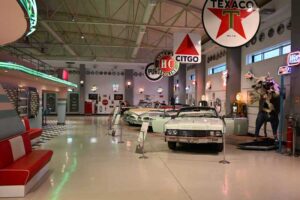
Ural Ataman Classic Car Museum – Istanbul, Turkey
This has to be one of the nicest private collections I have seen, the Ural Ataman Museum in Istanbul, turkey has not only a wide
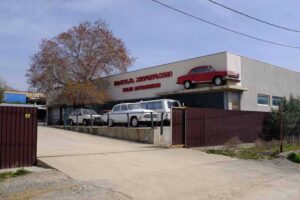
Tbilisi AutoMuseum Car Museum – Georgia
You may not have heard of this, but the small car museum in Tbilisi Georgia really has quite a lot to see. Buried in an
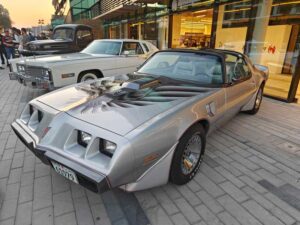
Bahrain Bike Week Classic Car Show December 2024
Bahrain Bike Week is the biggest event of its kind in the Middle East and the 2024 one was no exception. It’s not just the
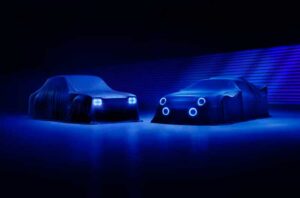
Ford Motor Company Bring Back Group 5 Mk1 Escort & Group B RS200 With The Help Of Boreham Motorworks
Ford have granted a licence to Boreham Motorworks, a division of the DVRN Automotive Group, to produce new versions of not just the Mk1 Escort
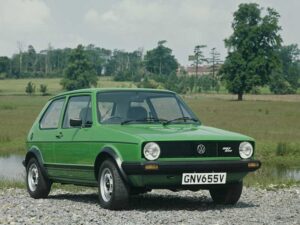
The VW Golf At 50 Years Old
Europe’s number 1 selling car the VW Golf has reached 50 years old this year, starting production on the 29th of March 1974. In
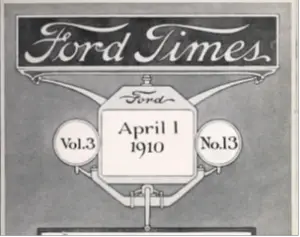
Ford’s Heritage Vault Makes The Ford Times Magazine Available To The Public
Ford’s expansion through the early 20th century was something to behold, the rapid growth of the company and the success of the Model T led
